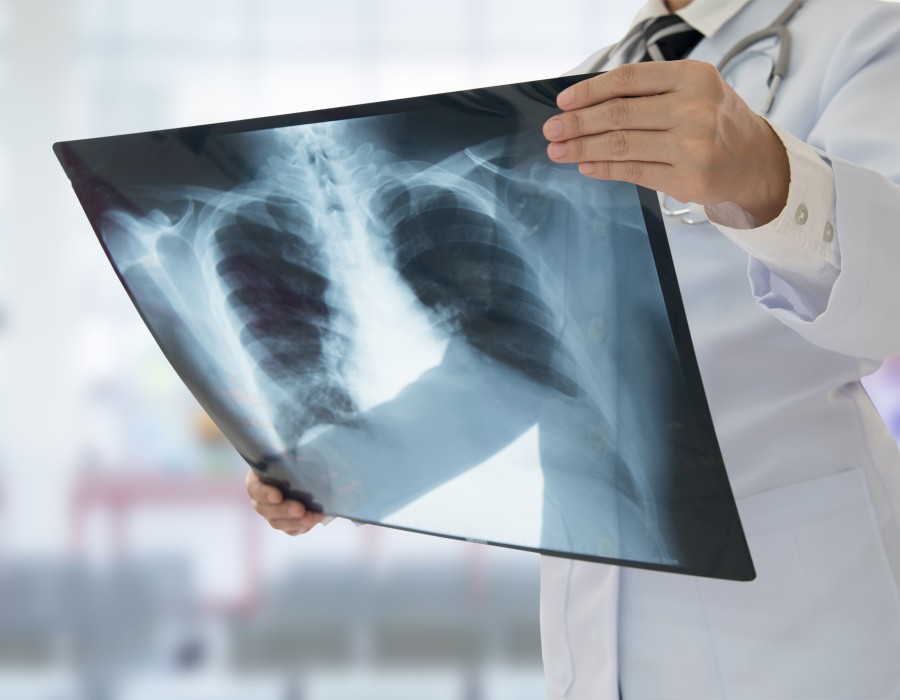The diagnostic center serves as a critical hub in healthcare, offering an array of services essential for accurate diagnosis and effective treatment planning.
Here’s a breakdown of the services commonly provided by diagnostic centers:
- Imaging Services:
- X-rays: Utilized for diagnosing fractures, identifying foreign objects, and assessing the condition of bones and organs.
- Ultrasound: Employed for visualizing soft tissues, organs, and unborn babies during pregnancy.
- MRI (Magnetic Resonance Imaging): Utilized for detailed images of organs, tissues, and structures within the body, often used for detecting tumors, injuries, or abnormalities.
- CT (Computed Tomography) scans: Offer detailed cross-sectional images of organs, bones, and soft tissues, helpful in diagnosing conditions such as cancer, heart disease, and internal injuries.
- Mammography: Specialized X-ray imaging for detecting breast cancer in its early stages.
- DEXA scan: Measures bone density and assesses the risk of osteoporosis.
2. Laboratory Services:
- Blood tests: Assess various health parameters such as cholesterol levels, blood sugar levels, and indicators of organ function.
- Urine tests: Used to detect urinary tract infections, kidney disorders, and other conditions.
- Stool tests: Aid in diagnosing digestive disorders, infections, and gastrointestinal bleeding.
- Biopsy analysis: Examination of tissue samples to diagnose conditions such as cancer or infections.
- Genetic testing: Identifies genetic variations associated with inherited disorders or predisposition to certain diseases.
- Microbiology tests: Identify pathogens responsible for infections and determine the most effective treatment.
3. Cardiac Services:
- Electrocardiogram (ECG or EKG): Records the electrical activity of the heart, helping diagnose heart rhythm abnormalities and cardiac conditions.
- Echocardiography: Uses sound waves to create images of the heart, assisting in the evaluation of heart function and identifying structural abnormalities.
- Holter monitoring: Continuous recording of heart activity over a period (usually 24–48 hours) to detect irregularities not captured during a standard ECG.
4. Diagnostic Procedures:
- Endoscopy: Involves inserting a flexible tube with a camera through the mouth or rectum to visualize the digestive tract, aiding in the diagnosis of conditions like ulcers, polyps, and cancer.
- Colonoscopy: Examines the inner lining of the large intestine for abnormalities, often used for screening and diagnosing colon cancer.
- Bronchoscopy: Allows visualization of the airways and lungs, assisting in the diagnosis of respiratory conditions and lung diseases.
5. Wellness and Preventive Health Check-ups:
- Comprehensive health assessments tailored to individual needs, including screenings for common health risks, immunizations, and lifestyle counseling.
These services collectively contribute to timely and accurate diagnoses, enabling healthcare providers to develop personalized treatment plans for patients, ultimately promoting better health outcomes.





Comments